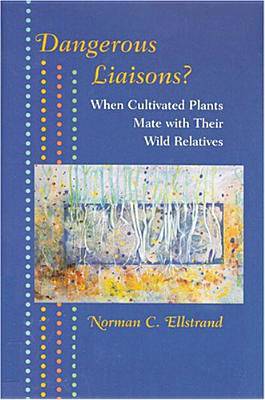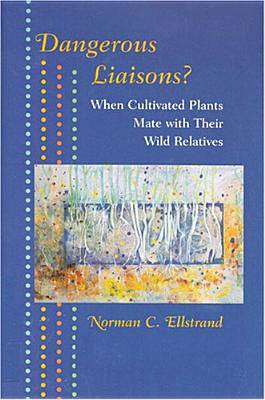
- Retrait gratuit dans votre magasin Club
- 7.000.000 titres dans notre catalogue
- Payer en toute sécurité
- Toujours un magasin près de chez vous
- Retrait gratuit dans votre magasin Club
- 7.000.000 titres dans notre catalogue
- Payer en toute sécurité
- Toujours un magasin près de chez vous
Description
With the advent of genetic engineering, "designer" crops might interbreed with natural populations. Could such romances lead to the evolution of "superweeds", as some have suggested? But haven't crops had sex with wild plants in the past? Has such gene swapping occurred without consequences? And if consequences have indeed occurred, what lessons can be gleaned for engineered crops?
In Dangerous Liaisons? Norman Ellstrand examines these and other questions. He begins with basic information about the natural hybridization process. He then describes what we now know about hybridization between the world's most important crops--such as wheat, rice, maize, and soybeans--and their wild relatives. Such hybridization, Ellstrand explains, is not rare, and has occasionally had a substantial impact. In some cases, the result was problematic weeds. In others, crop genes have diluted natural diversity to the point that wild populations of certain rare species were absorbed into the gene pool of the more common crop, essentially bringing the wild species to the brink of extinction.
Ellstrand concludes with a look to the future. Will engineered crops pose a greater threat than traditional crops? If so, can gene flow and hybridization be managed to control the escape of engineered genes? This book will appeal to academics, policy makers, students, and all with an interest in environmental issues.
Spécifications
Parties prenantes
- Auteur(s) :
- Editeur:
Contenu
- Nombre de pages :
- 264
- Langue:
- Anglais
- Collection :
Caractéristiques
- EAN:
- 9780801881909
- Date de parution :
- 13-04-05
- Format:
- Livre broché
- Format numérique:
- Trade paperback (VS)
- Dimensions :
- 350 mm x 228 mm
- Poids :
- 358 g







